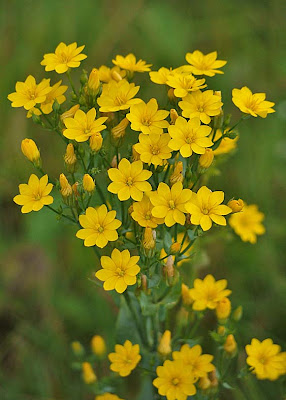Angelica sylvestris, a member of the Apiaceae (carrot family) is surely one of the best umbellifers for supplying insects with pollen and nectar. It thrives in moist soils places, often in dappled sunlight along woodland edges. The pictures below are of a greenbottle, a Darwin wasp (ichneumon) and social paper wasps feeding on nectar from its numerous tiny florets. The nectar is secreted in small amounts on each individual flower, so is easily accessible to short-tongued insects, without them needing to expend much energy; all they need do is wander across the umbel, incidentally pollinating the flowers as they feed.
Hemp agrimony Eupatorium cannabinum, a tall, pink-flowered member of the daisy family (Asteraceae) seems to be flowering spectacularly well along the Durham coast near Nose's Point this summer, in the company of meadowsweet and creeping thistle. Soldier beetles (last photo) are amongst the vast number of insects that visit its flowers, in the company of bees, butterflies and many species of fly.






























































